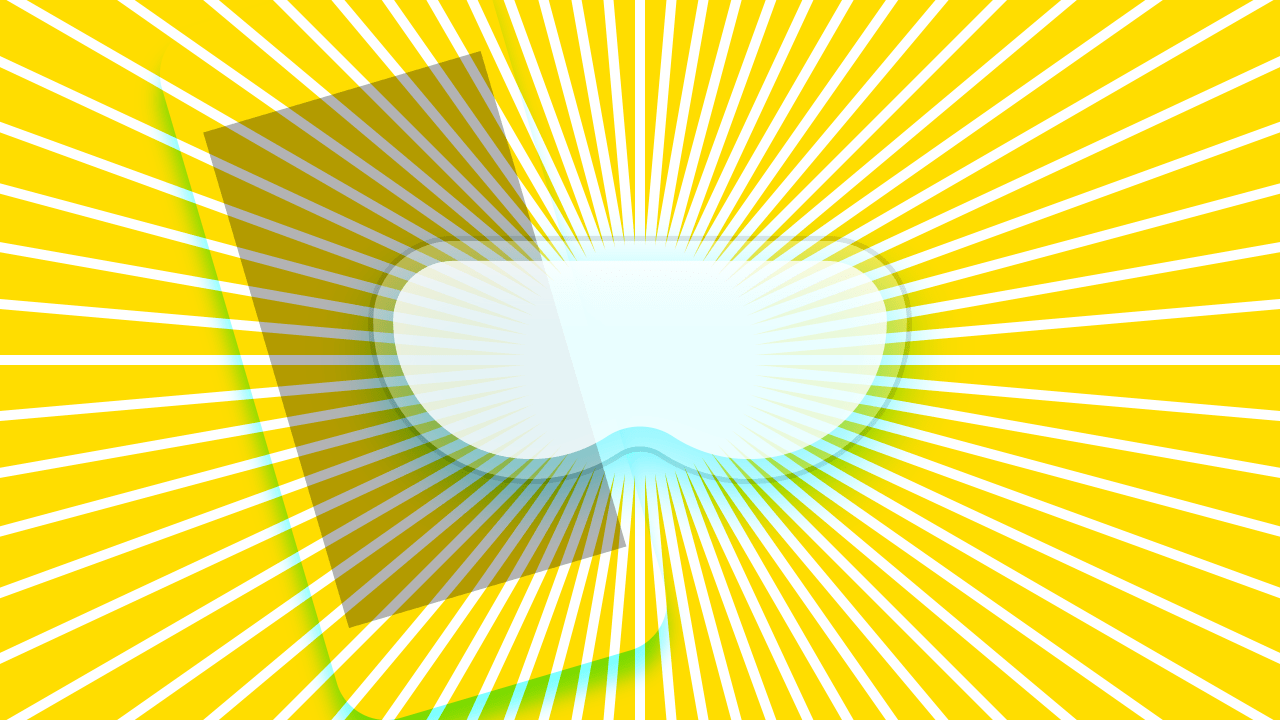In an era dominated by rapid technological advancements, one might wonder what the next major breakthrough will look like. As we navigate through the noise of evolving gadgets and systems, it’s clear that Virtual Reality (VR) and Augmented Reality (AR) are not just trends, but essential players in the mobile ecosystem. Seen through the lens of the biggest consumer technology companies, these technologies are positioned not to replace mobile but to redefine its utility. Let’s explore how VR and AR will emerge as the driving force behind the demand for mobile technology while blending seamlessly into our daily lives.
The Ambit of Possibilities
As of late, consumer technology giants like Facebook, Google, and Apple have made significant strides in developing VR and AR applications and devices. Think of devices such as the Oculus Rift and the Samsung Gear VR, which offer immersive experiences but remain tethered to bulky PCs or consoles. While these inaugural devices cater primarily to gaming enthusiasts and early adopters, the next wave promises to address a broader audience.
Integrating with Smartphones: A Revolutionary Approach
The future of VR and AR applications lies in their integration with the ubiquitous smartphone. Picture glasses that resemble regular eyewear, capable of seamlessly transitioning between clear lenses and augmented displays. Using waveguides to transmit information from smartphones, these glasses could present a virtual 120-inch TV screen, enable spherical photos, and transform everyday experiences into extraordinary journeys. Here are some compelling technology frameworks fueling this bilayered approach:
- Wireless Computing: Today’s smartphones are powerful enough to manage the computational load, eliminating the need for bulky hardware.
- Accessibility: Portable, lightweight designs enable everyday wear, breaking down the barriers associated with traditional VR headsets.
- Real-time Processing: Next-gen connectivity and processing power could empower these devices to handle complex tasks without noticeable lag.
Potential Market Impact
With an eye on the projected installed base exceeding 500 million units by 2026, the prospects seem enormous for VR and AR glasses. The proliferation of smartphones paired with innovative display options ranges from casual gaming to professional applications, hinting at a fresh economic ecosystem. Some notable angles on market participation include:
- Apple’s Entry: Forecasts suggest that Apple may launch its high-end AR glasses alongside iPhone 8, naturally boosting interest in its mobile technology.
- Google’s Strategy: Continues to innovate, potentially reintroducing Google Glass as a mainstream tool rather than a niche gadget.
- Facebook’s Framework: Oculus may branch out by accommodating both high-end and more accessible VR/AR options, backed by its familiar ecosystem.
Conclusion: A Cohesive Future
In summary, VR and AR technologies are set to enhance the smartphone experience, not overshadow it. By enabling new applications and data visualization techniques, these mediums will function as extensions of our mobile devices, captivating a larger audience. With each technological stride forward, the industry inches closer to realizing a harmonious blend of the virtual and physical worlds. At fxis.ai, we believe that such advancements are crucial for the future of AI, as they enable more comprehensive and effective solutions. Our team is continually exploring new methodologies to push the envelope in artificial intelligence, ensuring that our clients benefit from the latest technological innovations. For more insights, updates, or to collaborate on AI development projects, stay connected with fxis.ai.

